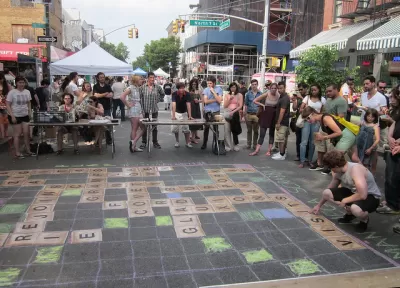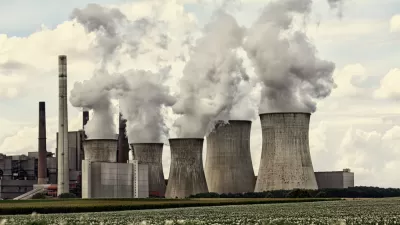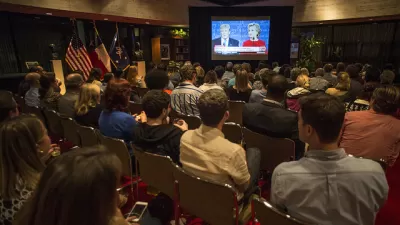One of the few mentions of cities during the second presidential debate came when Donald Trump described the states of "inner cities" in the country. The explanation didn't sit well with some experts.

Republican presidential candidate Donald Trump described inner cities as "a disaster education-wise, jobwise, safety-wise, in every way possible" during the second presidential debate, inspiring criticism from multiple experts on contemporary urbanism.
Emily Badger, for instance, debunks Donald Trump' mention of "inner cities" from several angles:
"Inner city," in short, is imprecise in describing today’s urban reality. It captures neither the true geography of poverty or black America, nor the quality of life in many communities located in central cities.
To prove the pint that neighborhoods previously thought of as "inner cities" are now performing very well economically, Badger cites a recent analysis by researchers at the Federal Housing Finance Agency, which "found that home values have risen faster in the heart of big cities than anywhere else in the country over the last 25 years, a sign of their turnaround and a trend Mr. Trump, as a real estate developer, is likely to be aware of."
Kristen Jeffers has also written a critique of Trump's "inner cities" word choice, explaining the concentric city model and its importance to planning and development in the process.
FULL STORY: Actually, Many ‘Inner Cities’ Are Doing Great

Alabama: Trump Terminates Settlements for Black Communities Harmed By Raw Sewage
Trump deemed the landmark civil rights agreement “illegal DEI and environmental justice policy.”

Planetizen Federal Action Tracker
A weekly monitor of how Trump’s orders and actions are impacting planners and planning in America.

The 120 Year Old Tiny Home Villages That Sheltered San Francisco’s Earthquake Refugees
More than a century ago, San Francisco mobilized to house thousands of residents displaced by the 1906 earthquake. Could their strategy offer a model for the present?

Indy Neighborhood Group Builds Temporary Multi-Use Path
Community members, aided in part by funding from the city, repurposed a vehicle lane to create a protected bike and pedestrian path for the summer season.

Congestion Pricing Drops Holland Tunnel Delays by 65 Percent
New York City’s contentious tolling program has yielded improved traffic and roughly $100 million in revenue for the MTA.

In Both Crashes and Crime, Public Transportation is Far Safer than Driving
Contrary to popular assumptions, public transportation has far lower crash and crime rates than automobile travel. For safer communities, improve and encourage transit travel.
Urban Design for Planners 1: Software Tools
This six-course series explores essential urban design concepts using open source software and equips planners with the tools they need to participate fully in the urban design process.
Planning for Universal Design
Learn the tools for implementing Universal Design in planning regulations.
Clanton & Associates, Inc.
Jessamine County Fiscal Court
Institute for Housing and Urban Development Studies (IHS)
City of Grandview
Harvard GSD Executive Education
Toledo-Lucas County Plan Commissions
Salt Lake City
NYU Wagner Graduate School of Public Service




























